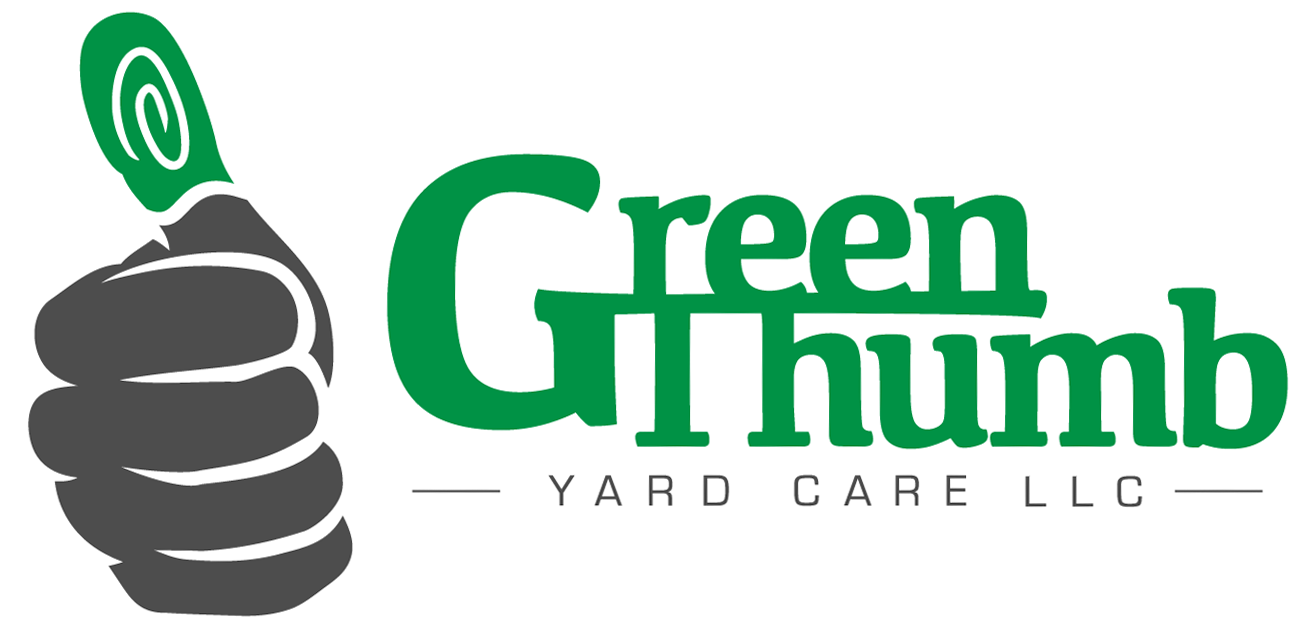Planting Native: A Summary
Less Inputs
As life evolved on earth, species adapted to their respective ecosystems. Our native plants are already specialized to survive our soil, weather patterns, pests, and
For example, native plants generally require less or even no fertilizer because they are already adapted to the soil composition. This is especially true in a
Some plants are damaged by cold, rain, or heat if they are not specialized for their climate. Native plants incur less
Pests can be especially expensive if they find their way into a garden.
Reduce Pollution
Pollution is directly related to inputs. Most people don’t consider pollution when gardening, but it is a very real threat. As you know we live extremely close to one of America’s most beautiful estuaries, the Chesapeake Bay. Each year contaminants find their way into our watershed.
Granted, homeowners only contribute to a very small amount of pollution. However, if you can easily reduce your ecological footprint, why not? As consumers our collective voice creates change.
Choosing to plant local plants reduces the
In addition to reducing fertilizers and soil amendments, native plants usually require
Biodiversity
Maintaining biodiversity is crucial. Commonly, developers will plant the hardiest, cheapest plants they can find. They do not consider the ramifications of planting all homes with the same plants. Even worse, they will often plant alien plants. In a study, entomologists observed about 500 unique species living in a native tree compared to only 5 species in an exotic tree.
We are living in the 7th great extinction. Scientists estimate that 200-2000 species are wiped off of the earth each year! In our state alone, over 20 species
Therefore, it is crucial that we take action to not only minimize but reverse this ongoing issue. Selecting native plants for your garden is an easy first step. As stated above, native plants provide a home for a slew of diverse wildlife.
Regional Identity
Regional identity is closely related to biodiversity. Close your eyes and think about what makes Maryland… Maryland.
If you live in western Maryland, you probably thought of mountains, forests, waterfalls, and rapids. If you’re from central Maryland, you may have envisioned Baltimore checkerspots,
Even in our small state, there are vastly different and unique regions. Choosing local plants for your garden is a way to showcase pride and admiration for your home.
Buying Native
As you can see, choosing native plants has many benefits. Of
To encourage more native gardening, we have started selling native plants on our website. It is our hope that you will consider making native plants the newest addition to your garden this year.
If you would like to see our selection of native plants, you can visit our online nursery.
There are also several brick and mortar nurseries that sell native plants, including the Perennial Farm in Glen Arm, the Irvine Nature Center, the Cylburn Arboretum, and many more.
